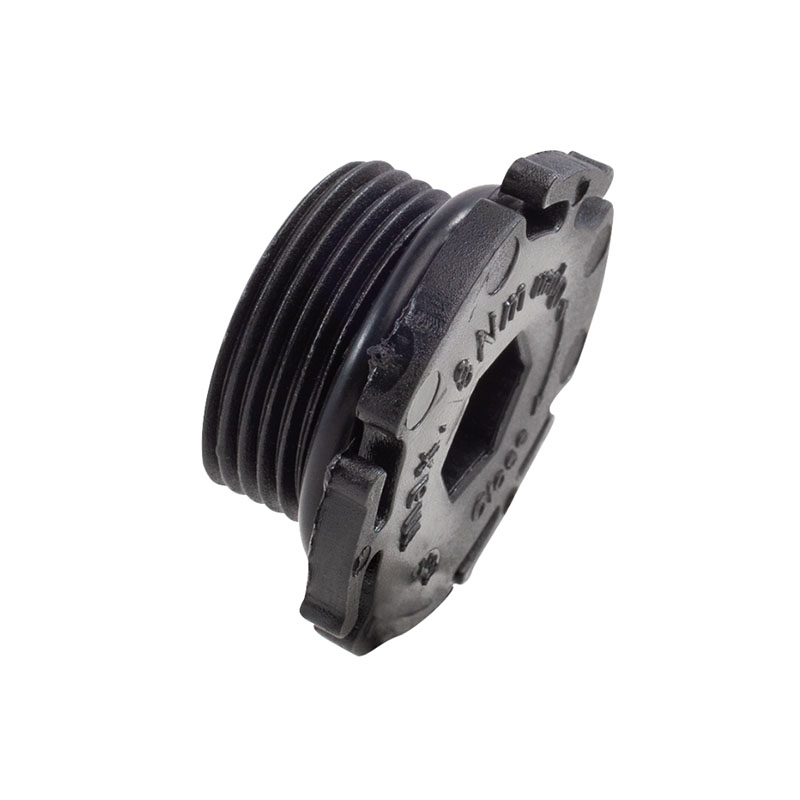Understanding the Importance of Axle Shaft Oil Seal in Vehicle Maintenance
Understanding Axle Shaft Oil Seals
Axle shaft oil seals play a crucial role in maintaining the integrity and performance of vehicles. These small but significant components are designed to prevent lubricants from leaking out of the axle assembly and protect the internal components from dirt, debris, and moisture. Understanding the function, types, and maintenance of axle shaft oil seals is essential for any vehicle owner or automotive enthusiast.
Function of Axle Shaft Oil Seals
The main function of an axle shaft oil seal is to create a barrier between the axle and the external environment. As the axle rotates, the oil seal ensures that the lubricating oil necessary for optimal axle operation remains contained within the assembly. This is crucial because proper lubrication reduces friction, enhances performance, and prolongs the lifespan of the axle and its associated components.
In addition to retaining oil, axle shaft oil seals also protect against contaminants that could lead to component failure
. By keeping out dirt and water, these seals help maintain a clean operational environment, allowing the axle to function efficiently.Types of Axle Shaft Oil Seals
Axle shaft oil seals come in various designs and materials, depending on their application. The two most common types are
1. Single Lip Seals These seals have a single lip that makes contact with the axle shaft, providing a simple and effective seal against oil leakage. They are widely used in many vehicles due to their effectiveness in low-pressure applications.
axle shaft oil seal

2. Double Lip Seals Featuring two lips, these seals provide an additional layer of protection. The inner lip serves to retain lubricant, while the outer lip acts as a barrier to contaminants. Double lip seals are often used in more demanding environments where exposure to dirt and moisture is higher.
The materials used in making these seals typically include rubber, polyurethane, and various blends designed to withstand extreme temperatures and pressures. The choice of material affects the seal's durability and performance in different operating conditions.
Maintenance and Replacement
Regular maintenance of axle shaft oil seals is essential to prevent leaks and protect the axle assembly. Signs of a failing oil seal may include oil puddles under the vehicle, abnormal noises from the axle, or a decrease in performance.
If leakage is detected, it is important to replace the oil seal promptly. This process typically involves removing the wheel and axle assembly and may require specialized tools. It's advisable to consult a professional mechanic for replacement to ensure it is done correctly.
Additionally, during routine vehicle inspections, checking for signs of wear or damage on the oil seals can help prevent unexpected failures. Proper maintenance not only extends the lifespan of the seals but also ensures the overall health of the axle and the vehicle.
Conclusion
Axle shaft oil seals are fundamental components that contribute to the overall efficiency and longevity of a vehicle's axle assembly. Recognizing their importance, types, and maintenance needs can empower vehicle owners to take proactive steps in maintaining their vehicles. By ensuring that these seals are in good condition, drivers can enjoy a smoother, safer driving experience and prevent costly repairs down the line. Understanding these components can transform how we perceive vehicle maintenance and the importance of even the smallest parts in automotive engineering.
-
Simplifying Oil Changes: A Comprehensive Guide to Oil Drain Plugs and Their Variants
News Aug.04,2025
-
Mastering Oil Drain Maintenance: Solutions for Stripped, Worn, and Upgraded Oil Plugs
News Aug.04,2025
-
Fixing Oil Pan Plug Issues: Leaks, Stripped Nuts, and the Right Replacement Solutions
News Aug.04,2025
-
Everything You Need to Know About Oil Drain Plugs: Sizes, Fixes, and Upgrades
News Aug.04,2025
-
Choosing the Right Oil Drain Plug: A Guide to Sizes, Materials, and Drain Innovations
News Aug.04,2025
-
A Complete Guide to Automotive Drain Plugs: Types, Problems, and Innovative Solutions
News Aug.04,2025
-
The Ultimate Guide to Car Repair Kits: Tools and Essentials Every Driver Should Own
News Aug.01,2025
Products categories















